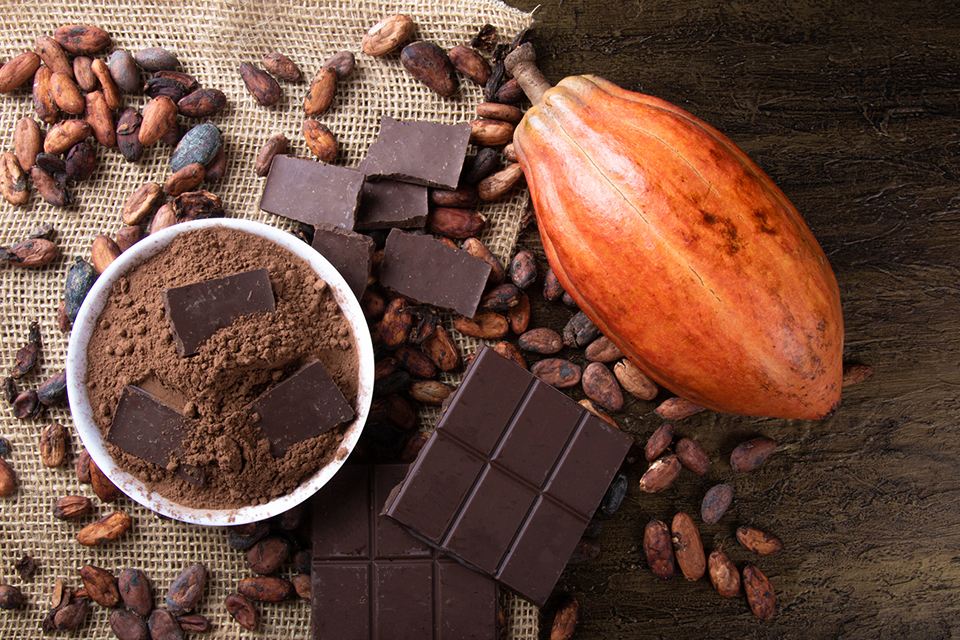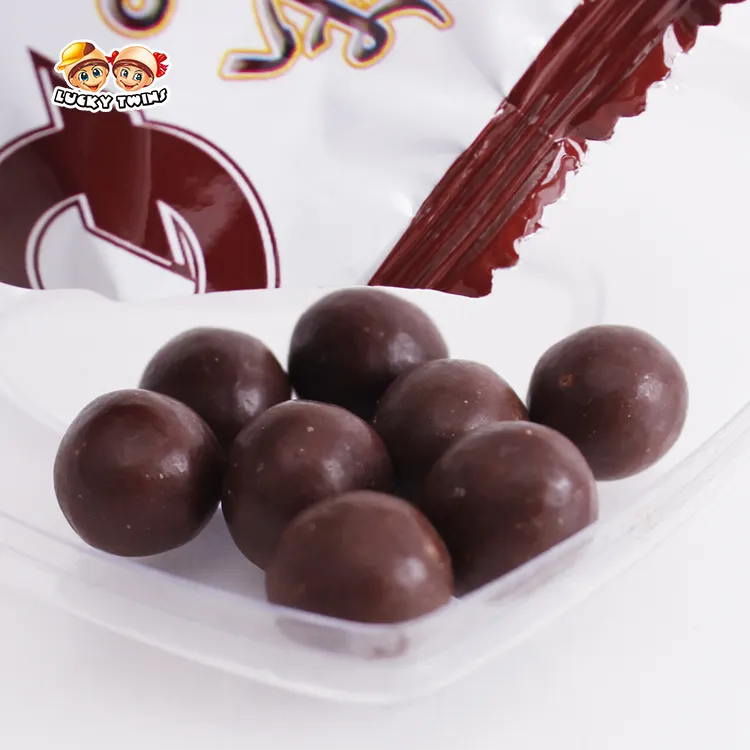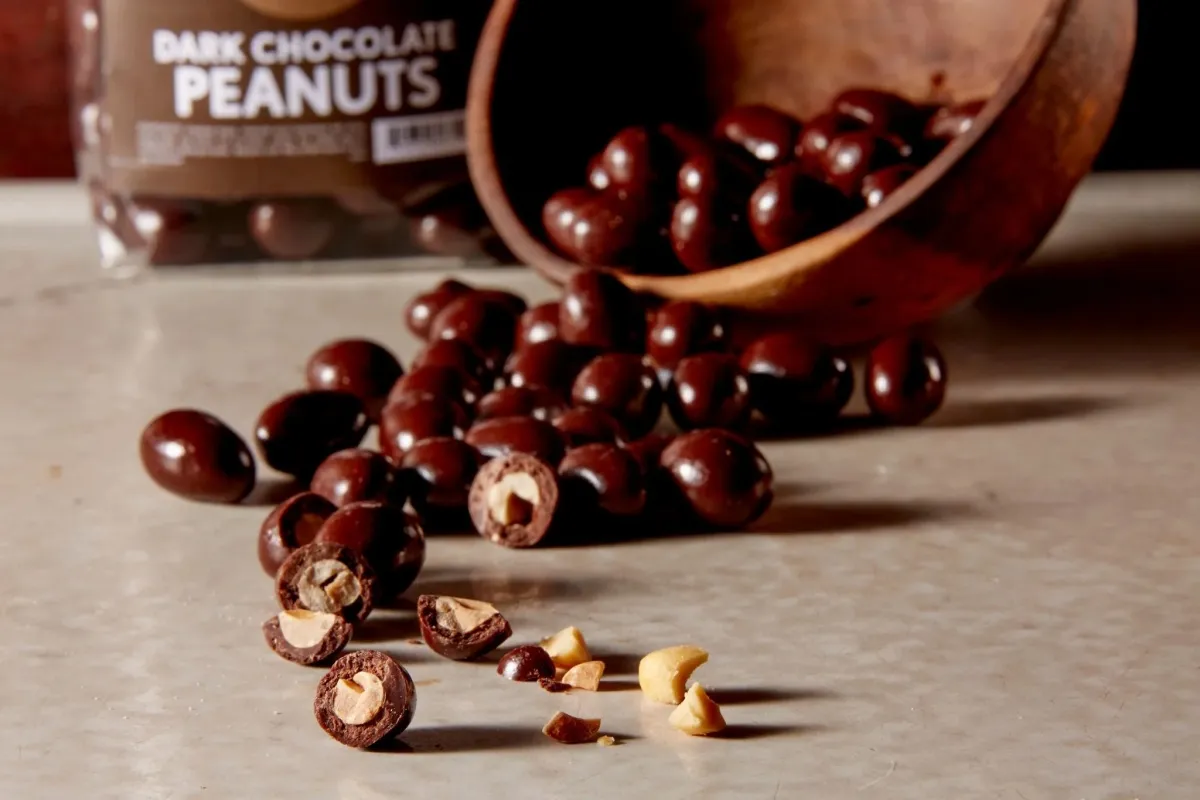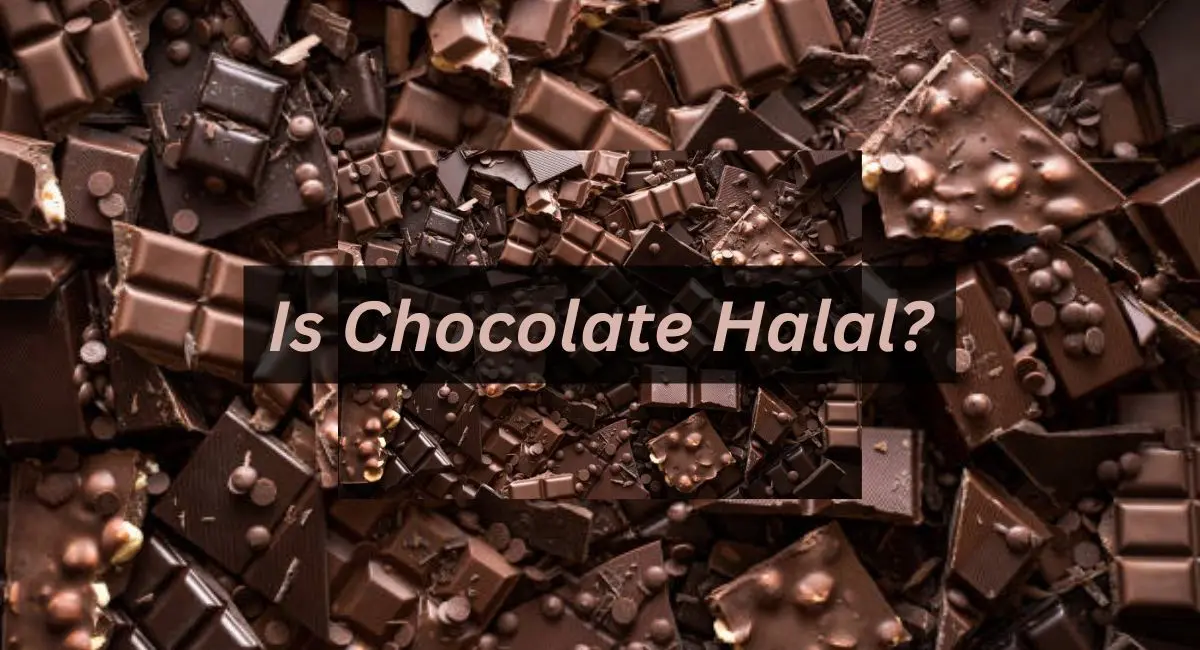تعد الشوكولاتة من الحلوى الرائعة التي تأتي في أشكال عديدة اليوم، سواء كانت حلوى أو حلويات أو كمأ أو كعك أو مشروبات الكاكاو الساخنة، فإن مذاقها الغني يجذب كل محب للشوكولاتة. من أمريكا الجنوبية إلى أمريكا الوسطى ثم إلى بقية أنحاء العالم، قطعت الشوكولاتة طريقاً طويلاً قبل أن تصل إلينا.
ولكن هل تعلم أن الشوكولاتة بدأت أكثر من مجرد طعام؟ هل تساءلت يوماً من اخترع الشوكولاتة؟ كيف أصبحت الشوكولاتة جزءًا من وجبات الشوكولاتة الخفيفة المحظوظة بالجملة? في هذا المقال الفاكهة المحظوظة يخبرك تاريخ الشوكولاتة
تاريخ الشوكولاتة
يعود تاريخ الشوكولاتة إلى أكثر من 5,000 عام وموطنها الأصلي غابات الأمازون المطيرة ومناطق حوض أورينوكو في أمريكا الجنوبية. وتوفر هذه المناطق ظروفاً مثالية لزراعة أشجار الكاكاو، بما في ذلك الرطوبة العالية والأمطار الغزيرة والمناخ الدافئ. وقد تم تدجين حبوب الكاكاو لأول مرة من قبل ثقافة المايا-تشينشيبي في موقع سانتا آنا-لا فلوريدا (SALF) بالقرب من خط الاستواء في أمريكا الجنوبية منذ 5300 سنة على الأقل، ثم تم إدخالها بعد ذلك إلى أمريكا الوسطى.
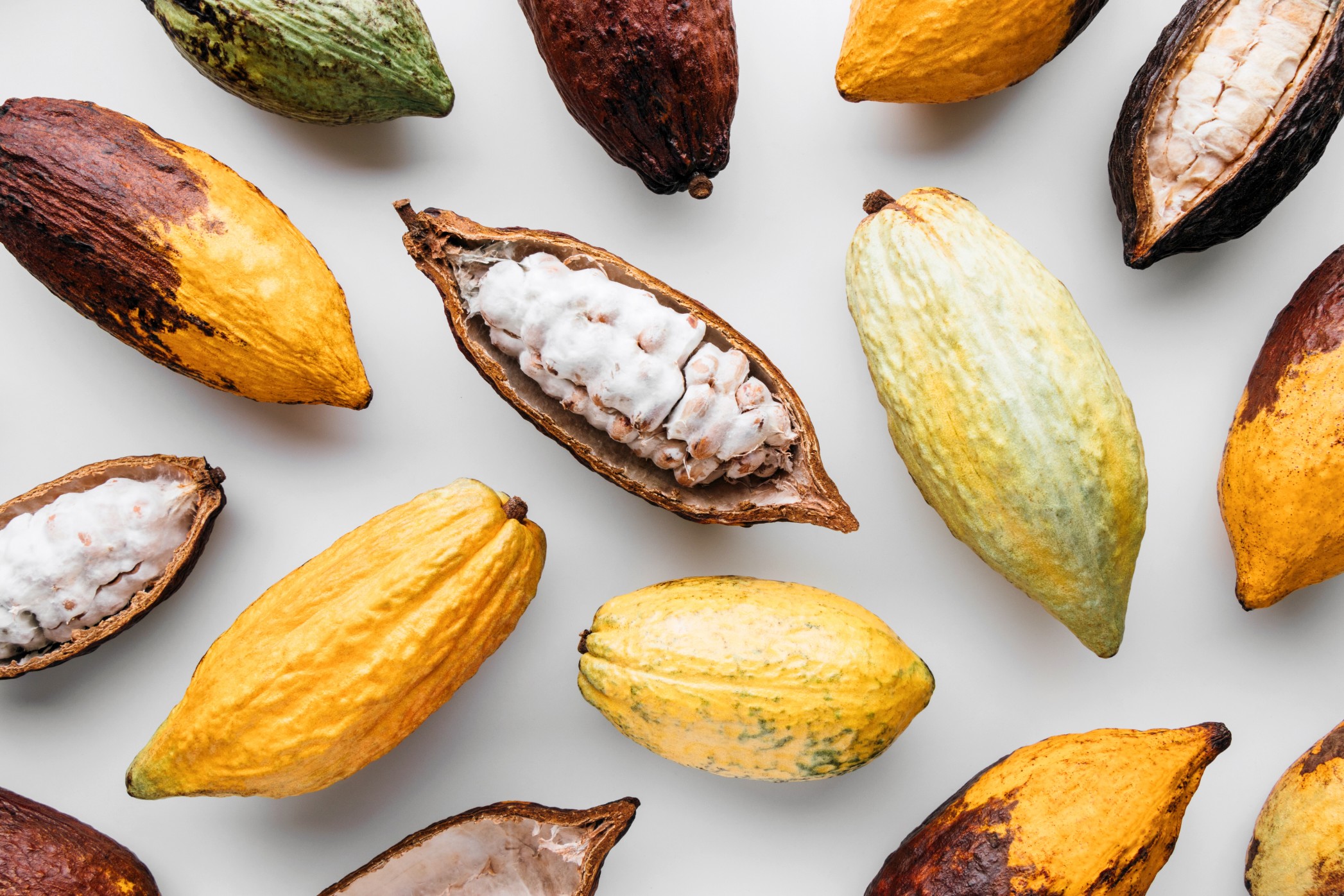
حضارة الأولمك (حوالي 1500 قبل الميلاد)
تعد حضارة الأولمك في أمريكا الوسطى واحدة من أقدم الحضارات المعروفة التي زرعت أشجار الكاكاو واستخدمت حبوب الكاكاو، وعلى الرغم من أنه لا يُعرف الكثير عن تفاصيل استخدامهم المحدد لحبوب الكاكاو، إلا أنه يمكن إجراء بعض التكهنات استنادًا إلى الأبحاث الأثرية والتاريخية بأنهم استخدموه في الاحتفالات الدينية أو كمشروب طبي، دون وصفات للاستخدام الشخصي. وقد تكون هناك أيضًا رمزية مرتبطة بالكاكاو في فن الأولمك والكتابة الهيروغليفية، مما يعكس أهميته في الثقافة. وقد أرسى ذلك الأساس لاستخدام الكاكاو في وقت لاحق من قبل حضارات المايا والأزتيك.
حضارة المايا (250-900 ميلادية)
كان استخدام حضارة المايا لحبوب الكاكاو معقدًا ومتنوعًا، حيث غطت جميع جوانب الدين والاقتصاد والمجتمع والحياة اليومية. فقد كان شعب المايا يطحنون حبوب الكاكاو ويخلطونها مع الماء والفلفل الحار والتوابل الأخرى لصنع مشروب يسمى "شوكولاتل". كان هذا المشروب يعتبر مقدساً في الاحتفالات الدينية وغالباً ما كان يستخدم في القرابين والطقوس.
استُخدمت مشروبات الكاكاو في حفلات الزفاف والجنازات وغيرها من الاحتفالات المهمة، حيث كانت ترمز إلى دورة الحياة والبركات الإلهية. وبالإضافة إلى الاستخدامات الدينية والطقوس الدينية، كان شعب المايا يشرب مشروب الكاكاو في حياته اليومية. وغالباً ما كان يُنظر إلى هذا المشروب على أنه علاج للنبلاء والطبقة العليا. كانت حبوب الكاكاو ترمز إلى الحياة والازدهار والقداسة، وكانت مرتبطة ارتباطاً وثيقاً بنظرة شعب المايا للعالم ومعتقداته.
حضارة الأزتك (حوالي 1300-1500 ميلادية)
ورثت حضارة الأزتك استخدام حضارة المايا لحبوب الكاكاو وطورتها، وعلى هذا الأساس شكلت عاداتها الثقافية واستخداماتها الاجتماعية الفريدة. وبحلول عام 1400، كانت إمبراطورية الأزتك قد غزت جزءاً كبيراً من أمريكا الوسطى. لم يكن الأزتيك يزرعون الكاكاو بأنفسهم، لذلك اضطروا إلى استيراده. طُلِب من جميع المناطق التي غزاها الأزتك التي كانت تزرع حبوب الكاكاو أن تدفع لهم ضرائب، وأصبحت حبوب الكاكاو شكلاً من أشكال العملة.

كيف اكتسبت الشوكولاتة اسمها من الشوكولاتة؟
يعود أصل كلمة "شوكولاتة" إلى لغة الناهيوتل، وهي لغة الأزتيك. في لغة الناهيوتل، استخدم الأزتيك كلمة "شوكواتل" أو "شوكولاتل" لوصف المشروب المر المصنوع من حبوب الكاكاو. يمكن تقسيم الكلمة إلى "شوكوكوك" (بمعنى المرارة) و"أطل" (بمعنى الماء). ولذلك، يمكن ترجمة كلمة "xocoatl" مباشرةً إلى "ماء مر".
عندما وصل المستكشف الأسباني هيرنان كورتيس ورفاقه إلى المكسيك في أوائل القرن السادس عشر واحتكوا بحضارة الأزتك، اكتشفوا مشروب الكاكاو هذا. أحضر كورتيس حبوب الكاكاو وطرق تحضيرها إلى إسبانيا، وبدأ الإسبان في استخدام كلمة "شوكولاتة" للإشارة إلى هذا المشروب. ومع مرور الوقت، انتشرت هذه الكلمة الإسبانية في جميع أنحاء أوروبا وتطورت إلى الكلمة الإنجليزية الحديثة "شوكولاتة".
وبشكل عام، فإن اسم "الشوكولاتة" متجذر بعمق في ثقافة أمريكا الوسطى القديمة وانتشار اللغة الإسبانية، وأصبحت في النهاية كلمة مقبولة على نطاق واسع في جميع أنحاء العالم.

كيف جاءت الشوكولاتة إلى أوروبا
ترتبط قصة دخول الشوكولاتة إلى أوروبا ارتباطًا وثيقًا بعصر الاستكشاف، وتحديدًا الاستكشافات الإسبانية. إليك كيف دخلت الشوكولاتة تدريجياً إلى أوروبا وأصبحت شائعة في أوروبا:
الاتصال الأول
في عام 1519، تذوّق الفاتح الإسباني هيرنان كورتيس لأول مرة مشروباً مصنوعاً من حبوب الكاكاو عندما احتك بإمبراطورية الأزتك في المكسيك. وبعد أن أدرك كورتيس إمكانات هذا المشروب، أحضر حبوب الكاكاو والوصفة إلى إسبانيا.
الشعبية في إسبانيا
في البداية، لم يكن مشروب الكاكاو شائعاً لدى الإسبان بسبب مذاقه المر. ومع ذلك، عندما بدأ الإسبان في إضافة السكر والتوابل مثل القرفة والفانيليا إلى المشروب، أصبح المشروب أكثر استساغة وسرعان ما أصبح شائعاً بين الطبقة العليا الإسبانية. انتشر حب الإسبان للشوكولاتة بسرعة، وأصبحت الشوكولاتة تدريجياً من الكماليات.
الانتشار إلى دول أوروبية أخرى
إيطاليا: في عام 1606 تقريبًا، عاد التاجر الإيطالي أنطونيو كاريليتي من الأمريكتين ومرّ بإيطاليا وجلب معه الشوكولاتة وجلبها معه وأدخلها إلى مدن مثل تورينو وبيروجيا والبندقية، وأصبحت البندقية أحد المراكز المهمة للشوكولاتة.
فرنسا: في عام 1615، تزوجت الأميرة الإسبانية آنا ماريا من الملك الفرنسي لويس الثالث عشر وجلبت الشوكولاتة إلى البلاط الفرنسي، وأصبحت الشوكولاتة تدريجياً شائعة في مجتمع الطبقة العليا الفرنسية.
بريطانيا: في عام 1657، افتتح رجل أعمال يُدعى جون بينيمان أول متجر شوكولاتة في بريطانيا، وبدأت مشروبات الشوكولاتة تنتشر في بريطانيا.
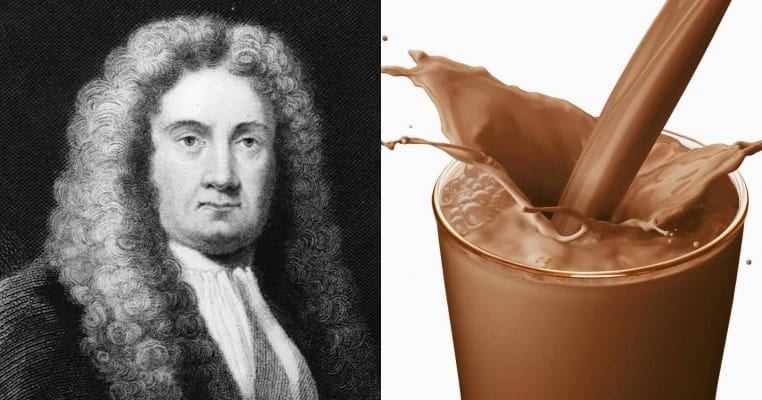
ظهور الشوكولاتة الصلبة وشعبيتها
في عام 1828، اخترع الكيميائي الهولندي كونراد يوهانس فان هوتن الآلة التي يمكنها استخلاص زبدة الكاكاو من حبوب الكاكاو، وبالتالي إنتاج مسحوق الكاكاو. وقد جعل هذا الاختراع صناعة الشوكولاتة أكثر كفاءة، كما عزز ظهور الشوكولاتة الصلبة. وفي وقت لاحق، في عام 1847، ابتكرت شركة فراي وأولاده البريطانية أول لوح شوكولاتة صالح للأكل.
مع ظهور الثورة الصناعية، أصبح إنتاج الشوكولاتة أكثر تصنيعًا وفعالية من حيث التكلفة، وتحولت الشوكولاتة تدريجيًا من منتج فاخر إلى منتج استهلاكي جماعي. لتلبية الطلب المتزايد، تحولت زراعة حبوب الكاكاو من منطقة البحر الكاريبي وأفريقيا الساحلية إلى غرب أفريقيا، وأصبحت كوت ديفوار واحدة من أكبر منتجي الكاكاو في العالم.
اخترع رودولف ليندت عملية تقطيع الشوكولاتة في أواخر ثمانينيات القرن التاسع عشر، والتي كان لها تأثير عميق على صناعة الشوكولاتة الحديثة، مما جعل الشوكولاتة أكثر رقة وسلاسة. لم تعمل هذه العملية على تحسين جودة الشوكولاتة ونكهتها فحسب، بل عززت أيضًا من الإنتاج الصناعي والشعبية العالمية للشوكولاتة، مما أرسى الأساس لصناعة الشوكولاتة الحديثة.
باختصار، انتقلت الشوكولاتة من كونها مشروبًا مرًا إلى متعة عالمية في أوروبا وحول العالم، وشهدت تحولًا من سلعة غريبة غامضة إلى وجبة خفيفة يومية، وهي عملية مصحوبة بالاستكشاف والتجارة والابتكار التكنولوجي والتغيير الاجتماعي.

تطور الشوكولاتة الحديثة
إن تطور الشوكولاتة عملية طويلة ومعقدة تشمل الابتكار التكنولوجي والابتكار في المذاق والتغيرات في عادات المستهلكين. فيما يلي المراحل الرئيسية لتطور الشوكولاتة الحديثة:
في أوائل القرن العشرين، بدأت الشوكولاتة البيضاء في الظهور. وهي لا تحتوي على مواد صلبة من الكاكاو وتتكون فقط من زبدة الكاكاو والسكر ومسحوق الحليب، وتظهر بمذاق أبيض كريمي فريد من نوعه. كما أصبحت الشوكولاتة الداكنة التي تحتوي على نسبة عالية من الكاكاو شائعة أيضًا تدريجيًا مع التركيز على نكهة الكاكاو النقية وهي محبوبة من قبل عشاق الشوكولاتة. تُضاف إلى الشوكولاتة العديد من الفواكه والمكسرات والتوابل مثل القرفة والزنجبيل والنعناع وغيرها من التوابل لخلق مزيج لا نهائي من النكهات.

إن تاريخ الوجبات الخفيفة المغلفة بالشوكولاتة متأخر نسبيًا، ولكن يمكننا التكهن بأن شعبية الوجبات الخفيفة المغلفة بالشوكولاتة مرتبطة بشعبية الشوكولاتة نفسها في جميع أنحاء العالم. ربما أصبحت المكسرات المغطاة بالشوكولاتة، مثل الفول السوداني بالشوكولاتة وبذور عباد الشمس بالشوكولاتة، شائعة تدريجيًا في أوائل إلى منتصف القرن العشرين مع نضوج ألواح الشوكولاتة وتكنولوجيا طلاء الشوكولاتة. على سبيل المثال، تم إطلاق حلوى الشوكولاتة M&M's في الولايات المتحدة في عام 1941. وهي حلوى صغيرة مغلفة بالشوكولاتة. وقد ألهم نجاحها أيضًا تطوير وجبات خفيفة أخرى مماثلة مغلفة بالشوكولاتة.
قد ترتبط شعبية هذه الوجبات الخفيفة المغطاة بالشوكولاتة بالعوامل التالية:
الابتكار التكنولوجي: تسمح التطورات في تكنولوجيا طلاء الشوكولاتة بتغليف الشوكولاتة بشكل متساوٍ على المكسرات أو الحلوى أو البسكويت، مما يحسن من مذاقها ومدة صلاحيتها.
تفضيل التذوق: يوفر المزيج بين الشوكولاتة والمكسرات والحلوى والبسكويت مذاقًا ونكهة غنية ترضي تفضيل المستهلكين للنكهات الحلوة والمالحة.
الراحة: غالبًا ما تكون الوجبات الخفيفة المغطاة بالشوكولاتة أصغر حجمًا وتستخدم عبوات محمولة يسهل على المستهلكين حملها وتناولها، وهي مناسبة لنمط الحياة السريع.
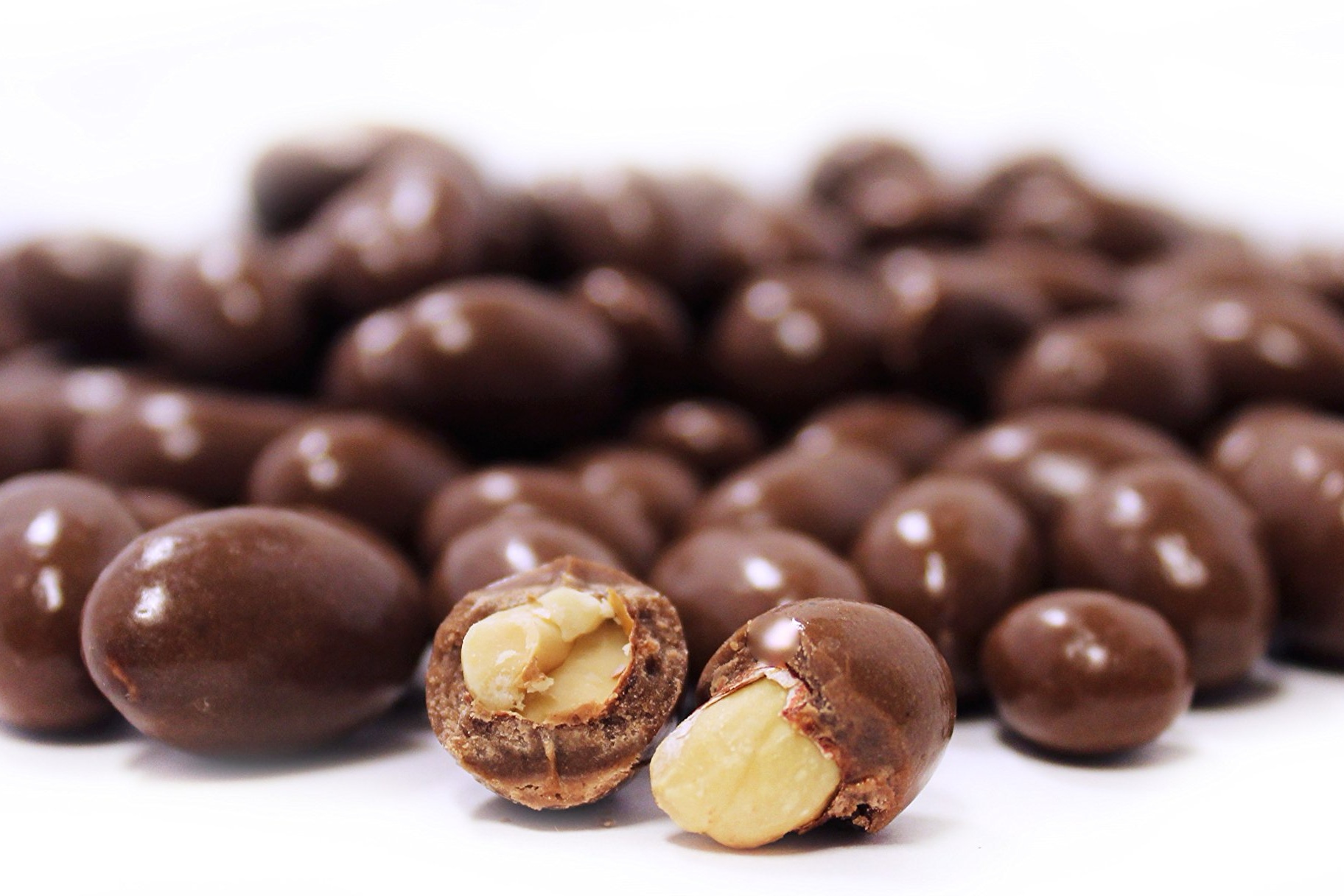
وجبات خفيفة مغلفة بالشوكولاتة بالجملة من إنتاج الفاكهة المحظوظة
إن وجبات خفيفة مغلفة بالشوكولاتة بالجملة من إنتاج لاكي فروت تواصل جوهر تاريخ الشوكولاتة الذي يعود إلى آلاف السنين، من المشروب المقدس للحضارة الأمريكية القديمة إلى ذروة تكنولوجيا التكرير السويسرية الحديثة. تستخدم لاكي فروت حبوب الكاكاو عالية الجودة كمواد خام، وتعتمد تكنولوجيا إنتاج متطورة لصنع وجبات خفيفة من الشوكولاتة اللذيذة والناعمة والغنية، مما يمنحك متعة السفر عبر الزمان والمكان مع كل قضمة.
لاكي فروتس منتج وجبات خفيفة مغلفة بالشوكولاتة بالجملة يتضمن الخط بذور عباد الشمس المغطاة بالشوكولاتة, فول سوداني مغطى بالشوكولاتة, كرات الشوكولاتة المقرمشة, علكة الشوكولاتة و حلوى الشوكولاتة المفرقعةإلخ. يمكن تعديل طلاء الشوكولاتة الخاص بنا وفقًا لاحتياجاتك، سواء كانت شوكولاتة داكنة تقليدية أو شوكولاتة بالحليب أو شوكولاتة بيضاء أو شوكولاتة ماتشا.
سواءً كنت تاجر تجزئة أو متعهد تقديم الطعام أو مورد هدايا للشركات، فإن لاكي فروت وجبات خفيفة مغلفة بالشوكولاتة بالجملة هي الخيار المثالي لك لتحسين خط إنتاجك وتلبية احتياجات العملاء. نحن ملتزمون بتوفير سلسلة توريد مستقرة وخدمات تخصيص مرنة لتلبية احتياجاتك من المشتريات على نطاق واسع وتحقيق التعاون المربح للجانبين. مرحبًا بكم في الاتصال بنا للاستشارة أو الاستفسار!

